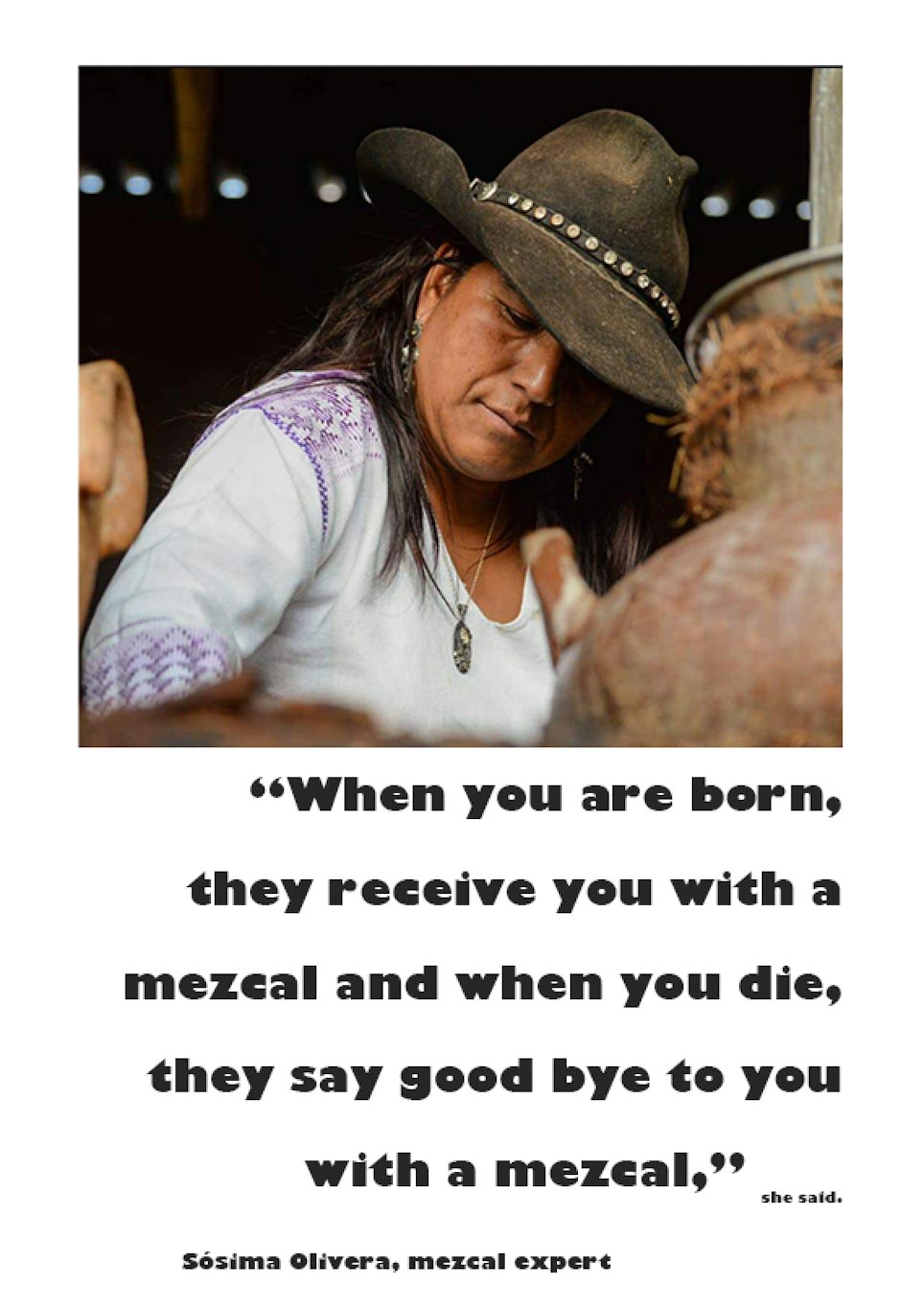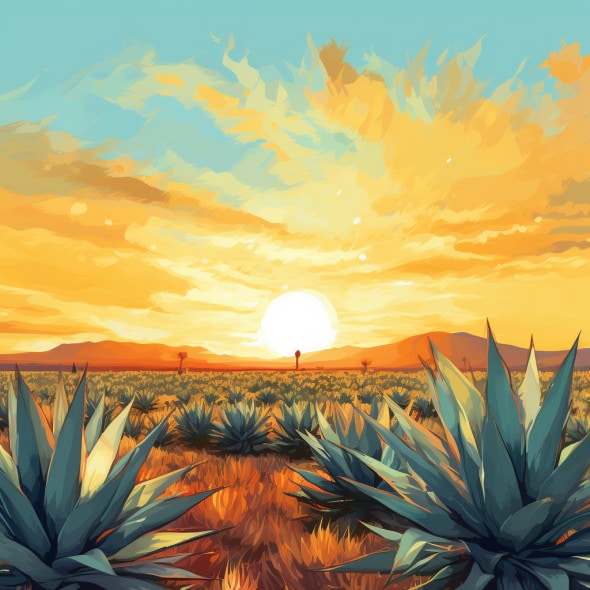
To produce mezcal according to mezcal expert Sesama Olivera
To produce mezcal also implies feminine know-how, Sesama Olivera, an expert in the field, tells Yucatan Times about the involvement of women in the Mexican spirit.
Recently in Mérida, Mexico, mezcal expert Sesama Olivera was present. Here, she took the opportunity to spread the art of mezcal production and its importance as an ancestral drink. But above all to reaffirm that there are more and more women involved in this industry.
Sesama is part of a fourth generation of mezcal producers from San Miguel Suchiltepec, in the municipality of Oaxaca. For Sesama, dedicating herself to mezcal production was obvious since she grew up in the midst of this activity.
“It is a legacy of tradition, I am the fourth generation of a family dedicated to mezcal production, but we have a cooperative that we set up 12 years ago in the high Chontal area, and now we are in two mezcal regions of Oaxaca,” he said.
From this, eight families depend directly on the mezcal brand called “Fanekantsini,” a pre-Hispanic name that means “Three Hummingbirds,” as well as being a mythological character from the region.
Sesama currently represents these families, but especially the women who are now dedicated to producing mezcal, about which he explained:
“I think that historically women have participated in the palenques and in the production of mezcal because it is a family activity. From the time you are very small, you have to herd the mule, chop the pots, carry the firewood depending on your strength, that is, a family job, in which there are always women.”
Although women have been present in the activity, Sesama recognizes that men have been attributed a greater relationship with the mezcal activity. But in Sesama’s family, the female tradition in mezcal creation goes all the way back to her grandmother, who, she recalls, made mezcal and so did her mother.
“That is how today, women carry out the organization of the palenque, that is, the place where the whole process takes place.”
Sesama has been disseminating the activity in the country for 12 years now, with the special focus of making people see mezcal from another perspective, both historically and culturally.
During her visit in Mérida she said she was surprised to see how people are genuinely interested in learning about mezcal, and that they appreciate the drink for what it is. That is, an ancestral tradition. She says that more than an alcoholic beverage, mezcal is a ceremonial, medicinal, cultural and social drink.
“When you are born, they welcome you with mezcal and when you die, they send you off with mezcal,” he said.
How to produce mezcal?
Sesama explained that to make it, we need first of all the maguey (agave) ready. You can wait between six and 12 years for it to be ready. Then, we must cut the pineapple, cook it, distill and ferment, it is a process that takes days of work and can last up to a month.
The treatment of the agave is totally different between tequila and mezcal production: the distillation process and the region of origin are very important. While tequila is made from one variety of agave, mezcal, more diversified, can be produced from eleven varieties. The latter is more pronounced in flavor. It is very smoky and vegetal to the taste buds, while tequila is creamy, herbaceous and fresh.
In tequila, agave piñas are slow-roasted for two to three days. For blending, the piñas are cooked in pits dug in the ground, like a kind of barbecue.
The mezcal expert continues her tour of the country spreading the art of mezcal production. She announced to stop by Arca Bandera, Gitano and Casa Jaguar.
Don’t drink and drive. Enjoy responsibly.
Mezcal
Discover all our Mezcal-related news, facts and infos all around the world brought to you by Spirits Hunters’ experts.
See all posts in this category. Join the community on Reddit
Join the community on Reddit
Spirits Hunters is a community dedicated to spirits and the world of mixology. Feel free to talk about the world of mixology and bartending here!
Join





